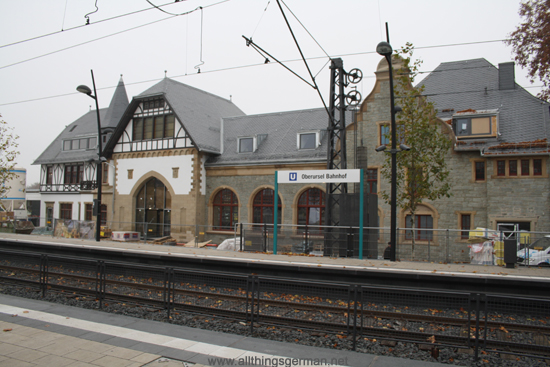 Many towns in Germany face the same problem – their station building. Not on a scale with Stuttgart, but given that many of them were built in the 19th Century, they often suffer similar fates such as underused ticket offices, high running costs due to the old building materials, and general desire from travellers and locals for the buildings to be put to better use and provide more services.
Many towns in Germany face the same problem – their station building. Not on a scale with Stuttgart, but given that many of them were built in the 19th Century, they often suffer similar fates such as underused ticket offices, high running costs due to the old building materials, and general desire from travellers and locals for the buildings to be put to better use and provide more services.
At the same time, they expect them to look good and still retain their 19th Century character, and not get covered in graffiti. With many of them being listed buildings as well, this is not an easy task. Another complication is that the buildings are often owned by Deutsche Bahn, reducing the lack of influence that local towns have over how they are used.
Oberursel’s station is one of those that had suffered this fate until recently, but for the past three years things have started to change. An organisation called SEWO, who were originally created by the town itself to re-develop the Camp King area, were able to buy the property from the railway.
Since then they have been restoring the station building to its former glory and at the same time modernising it so to make the whole thing more economical to run, whilst at the same time ensuring that the work is coherent with the listed building status. The exterior, for example, has been painted in the original colours.
Finally, last week, the scaffolding was taken down and the front of the station could be seen once again, although work continues inside.
One of the main changes inside is the ceiling. The original rooms had been 12m high in some places, meaning that a lot of empty space had to be heated and could not otherwise be used. With the new ceiling/floor the available floorspace has been increased.
The windows are – with one exception – in their original frames. To insulate these better, a pane of glass has been added on the inside, but not fixed into a second frame like normal double glazing. Apparently this insulates the windows better, without trapping condensation between the panes.
The whole building has also been re-wired. The non-public parts used to be used by the railway for a variety of technical elements, but for whatever reason there were no plans of which wires went where. So the electricians pulled everything out and started again from scratch.
Outside, a small extension has been added which has a kiosk in it selling tickets, and unlike the previous ticket office it is open for most of the day.
The new tenants inside the building will have to wait until the spring before they can start moving in. These will be: a Kindergarten, language school, dance school, Turkish delicatessen and bistro, and a restaurant. The variety of the tenants is such, that in combination with the ticket office the building will be in use for most of the day and night, reducing the chance of graffiti and vandalism.
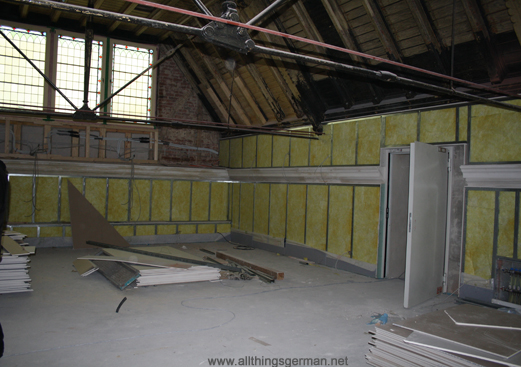
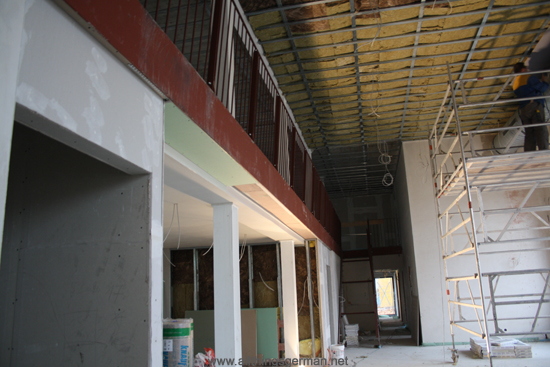
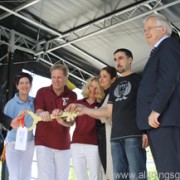
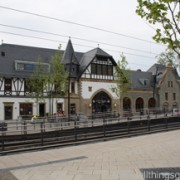
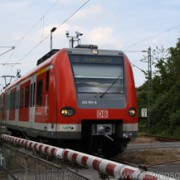
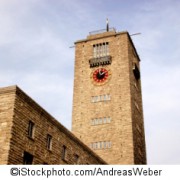

Speak Your Mind